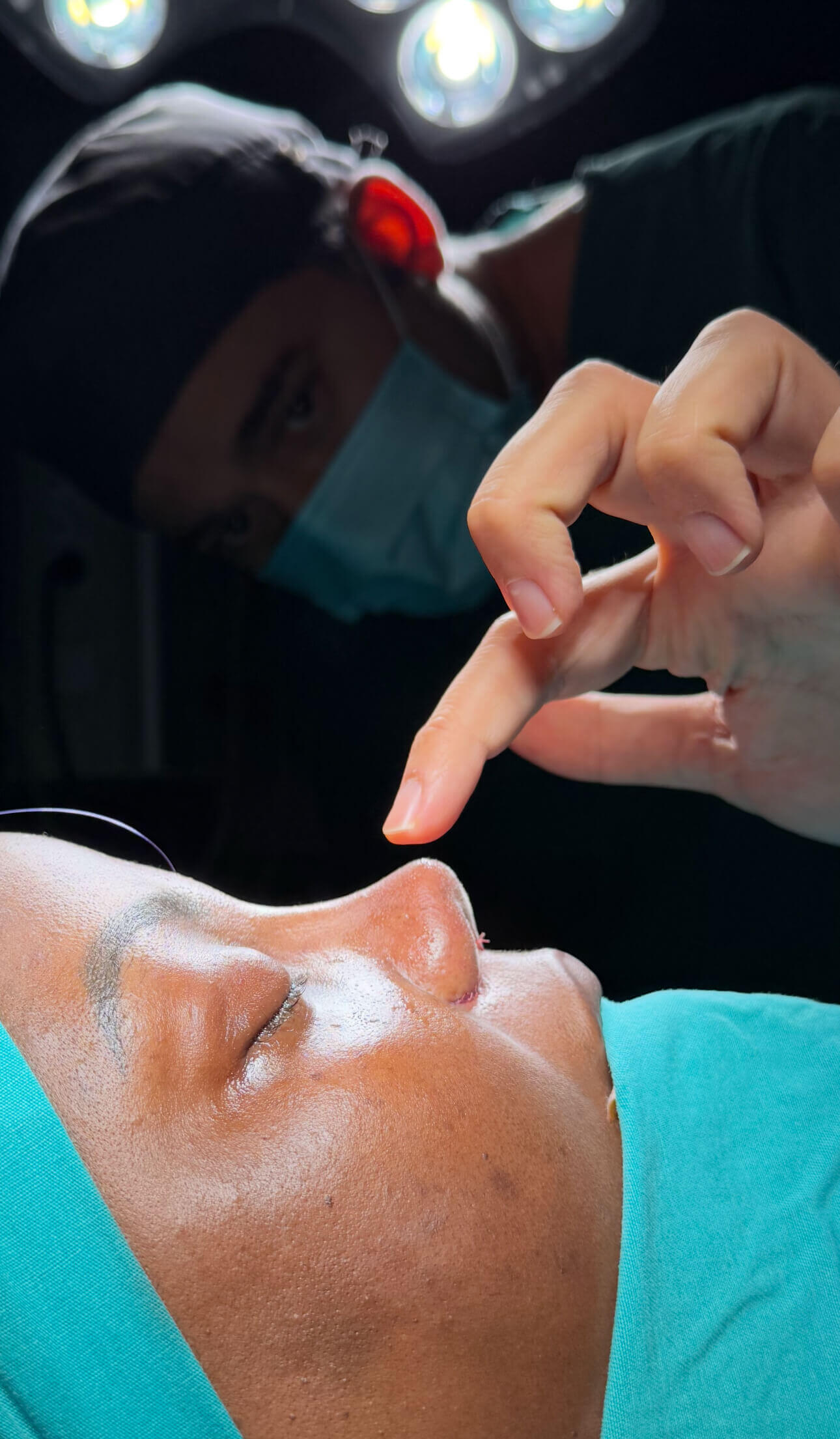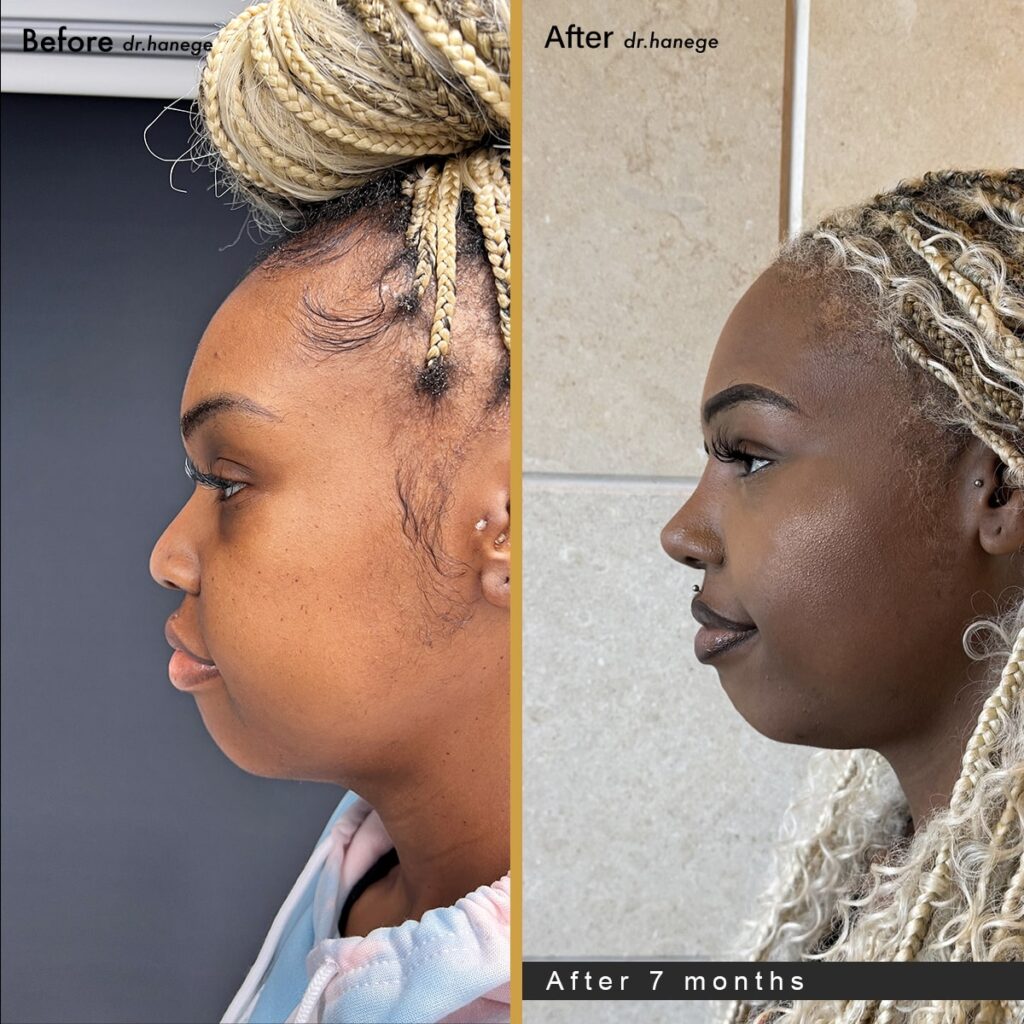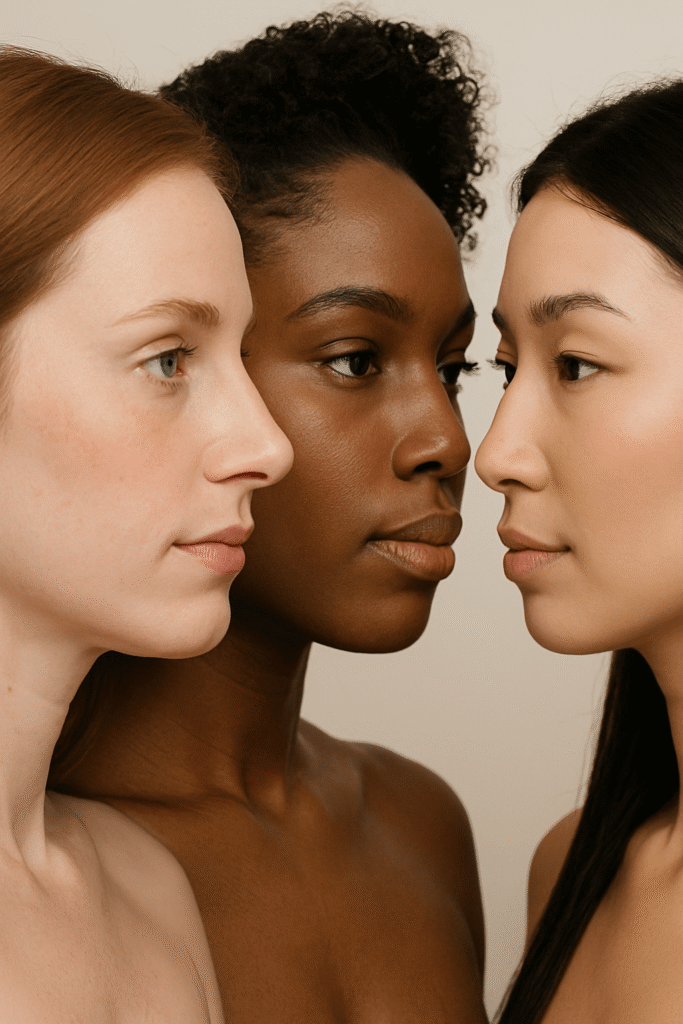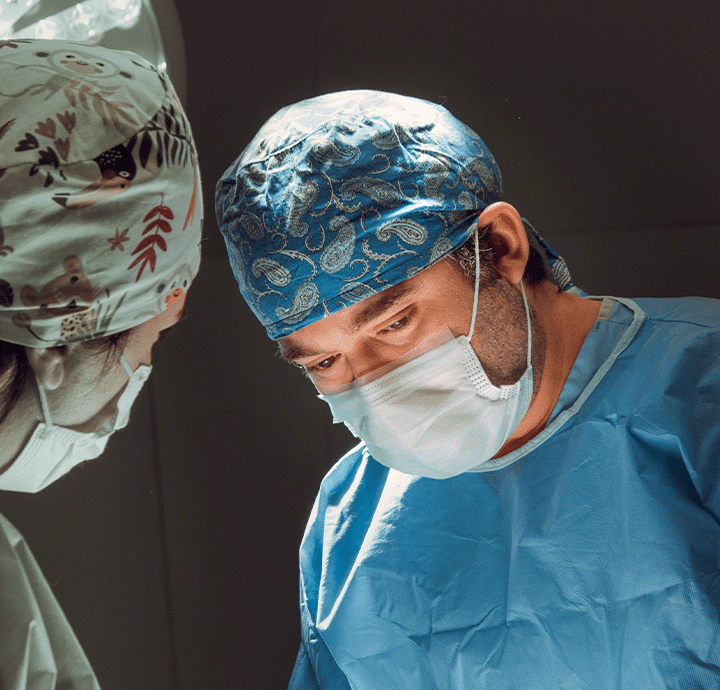
Expert Ethnic Rhinoplasty: Open vs Closed Techniques and Pre-Operative Guidelines
What Is Ethnic Rhinoplasty and Why It Matters?
Ethnic rhinoplasty refers to nose reshaping procedures tailored for individuals with distinct anatomical features associated with their ethnic backgrounds. Rather than erasing identity, the goal is to refine and enhance nasal aesthetics while preserving cultural harmony and natural balance. This requires advanced surgical expertise and a deep understanding of diverse nasal structures, skin thickness, and cartilage strength.
Patients seeking ethnic rhinoplasty are often motivated by a desire to improve nasal appearance while maintaining features that are authentic to their background. Thus, a surgeon’s sensitivity to ethnic traits—alongside technical proficiency—is essential to ensure satisfying and harmonious outcomes.
Choosing the Right Technique: Open vs Closed Ethnic Rhinoplasty
One of the most critical aspects of rhinoplasty planning is selecting the appropriate surgical technique. Both open and closed methods have their advantages, and the choice largely depends on the patient’s anatomy and the complexity of changes desired.
- Open Technique: Involves a small incision on the columella for full visibility and access—ideal for complex ethnic nasal anatomy and grafting procedures.
- Closed Technique: All incisions are internal—suitable for minor reshaping with quicker recovery and no external scar.
Preparing for Surgery: Medications, Lifestyle, and Clinical Planning
Successful ethnic rhinoplasty begins well before the day of surgery. Pre-operative preparation is vital to minimize risk and optimize healing. A thorough preparation checklist includes:
- Stop blood-thinning medications and herbal supplements 10–14 days before surgery.
- Avoid smoking and alcohol at least 2 weeks pre- and post-surgery.
- Disclose all medical conditions, medications, and allergies to your surgeon.
Additional assessments may include airflow evaluation, digital planning, and pre-surgery imaging to align goals and feasibility.
Healing Process and What to Expect After Ethnic Rhinoplasty
Recovery times vary, especially with thicker skin or complex cases. Here’s what to expect:
- Week 1: Splint is worn; bruising/swelling begins to subside.
- Weeks 2–4: Major bruising fades; avoid trauma and sun.
- Months 3–12: Final shape refines as skin adjusts over new structure.
Why Surgeon Selection Is the Key to Successful Ethnic Rhinoplasty
Patients should select a board-certified facial plastic or ENT surgeon with:
- Proven experience in ethnic rhinoplasty
- Skill in managing thick skin, wide nasal bases, and complex cartilage work
- Pre- and post-operative care tailored to each patient

Natural-Looking Results with Cultural Integrity
Ethnic rhinoplasty is not about changing who you are—it’s about refining your natural features in a way that reflects your individuality, respects your heritage, and enhances your facial harmony. The core philosophy behind this specialized procedure is preservation and enhancement, not erasure. A skilled ethnic rhinoplasty surgeon understands the importance of maintaining the nasal characteristics that are unique to different backgrounds—whether African, Middle Eastern, Asian, Hispanic, or Mediterranean—and subtly reshaping them to complement the rest of your facial structure.
At its best, ethnic rhinoplasty improves nasal function and appearance without creating a “one-size-fits-all” nose. Instead of conforming to a Westernized beauty standard, the focus is on personalized results—ones that match your skin type, bone structure, and cultural identity. For example, in patients with thicker skin or broader nasal bases, specialized cartilage grafting techniques and precise tip definition can achieve refined results while maintaining natural proportion and ethnic authenticity.
Dr. Fatih Mehmet Hanege approaches each case with both surgical precision and artistic sensitivity. His expertise in otolaryngology (ENT) and facial aesthetics allows him to prioritize both function (breathing, airflow) and form (shape, symmetry). Patients often report not only visual satisfaction but also improved confidence and better breathing after surgery.
When performed correctly, ethnic rhinoplasty offers more than cosmetic improvement—it delivers a deeply personal transformation that aligns how you look with how you feel. You should still look like yourself—only more balanced, more confident, and more in control of how your features reflect your story.
If you’re considering ethnic rhinoplasty and are seeking natural-looking, long-lasting results that reflect your authentic identity, choose a surgeon who sees your ethnicity not as a challenge—but as an inspiration.
Request a Consultation with Dr. Fatih Mehmet Hanege
If you are considering ethnic rhinoplasty and want to explore your options in a medically advanced and artistically refined setting, Dr. Fatih Mehmet Hanege offers personalized evaluations tailored to your unique facial anatomy and goals. Every consultation includes a thorough assessment of both functional and aesthetic aspects of your nose.
- 📍 Location: Istanbul, Turkey
- 📞 WhatsApp: +90 533 357 37 11
- 📧 Email: info@drhanege.com

